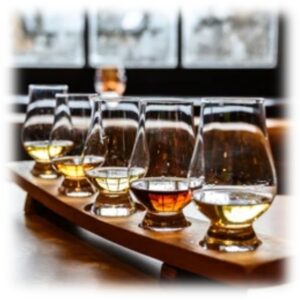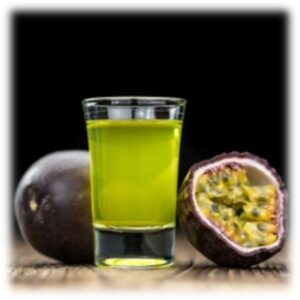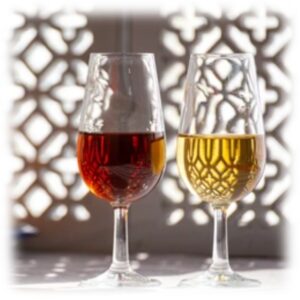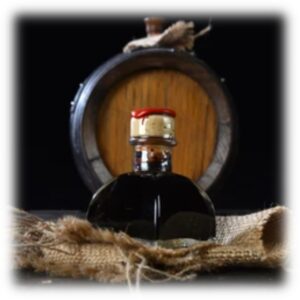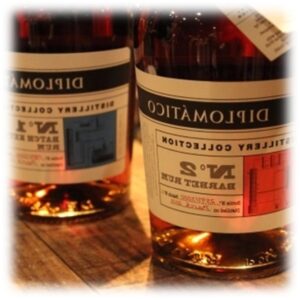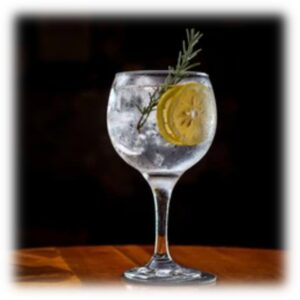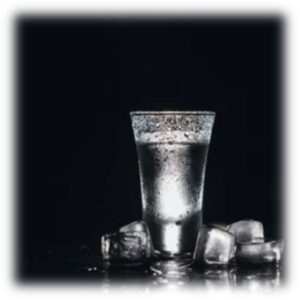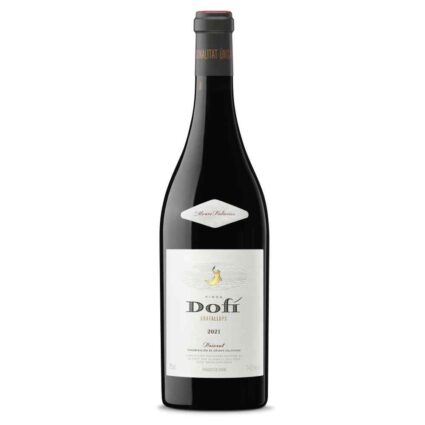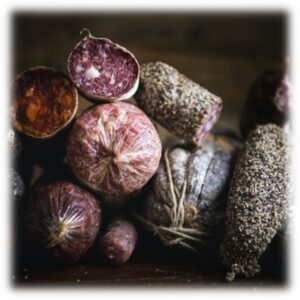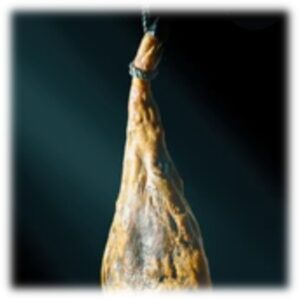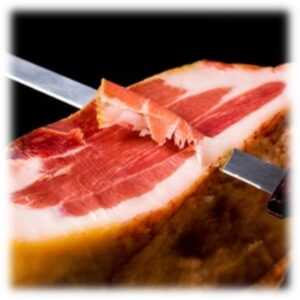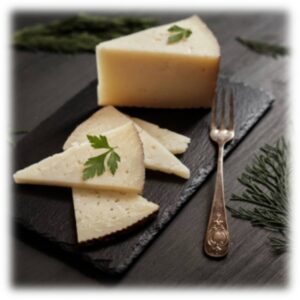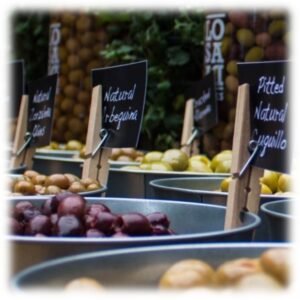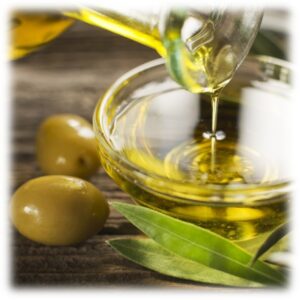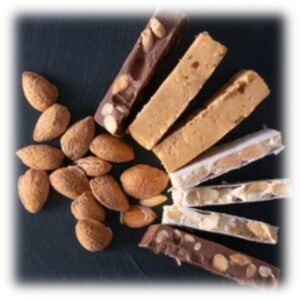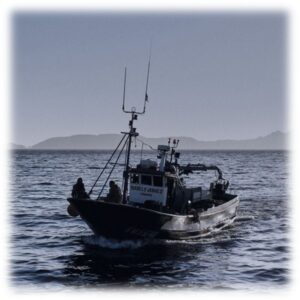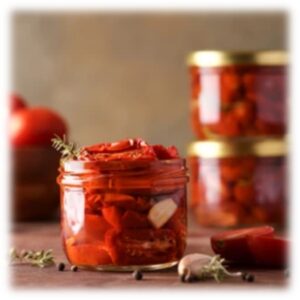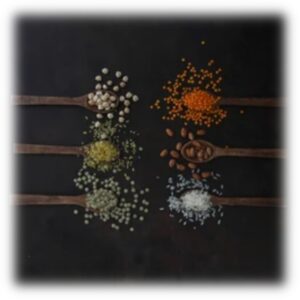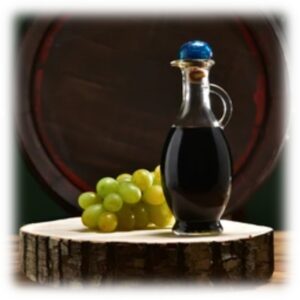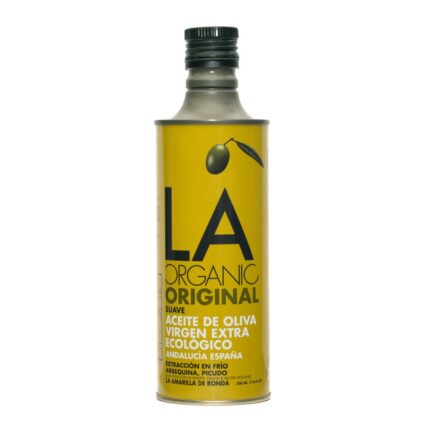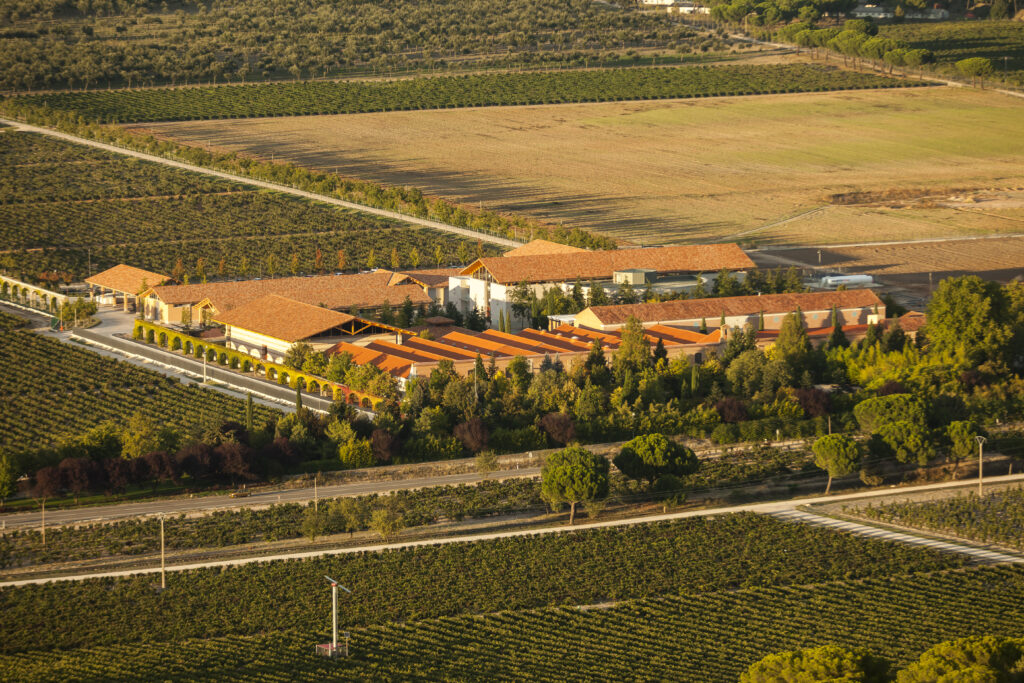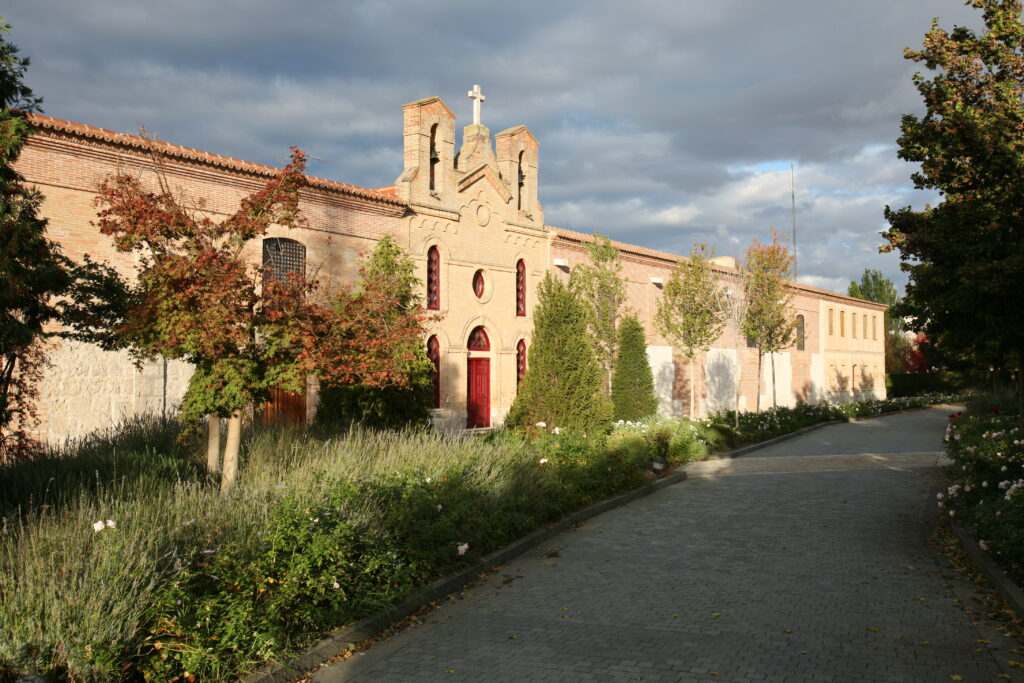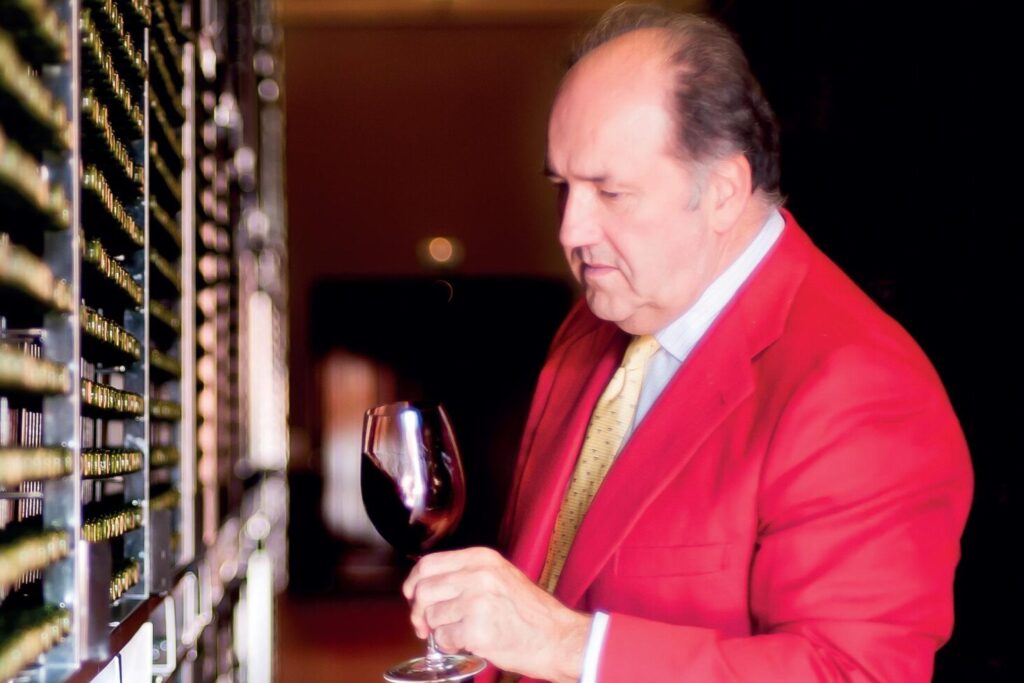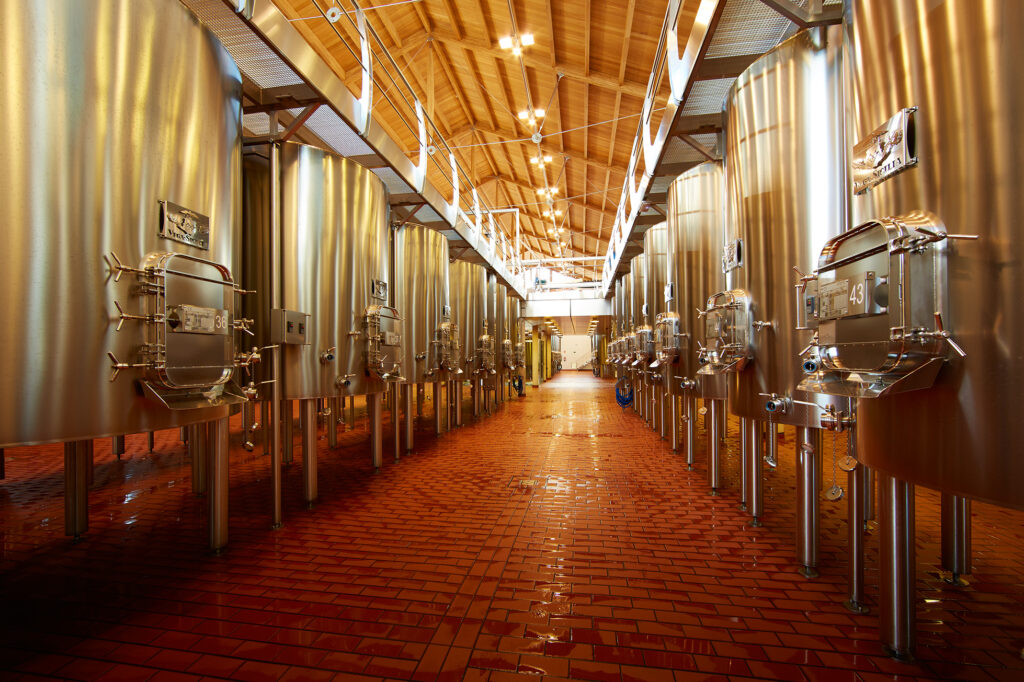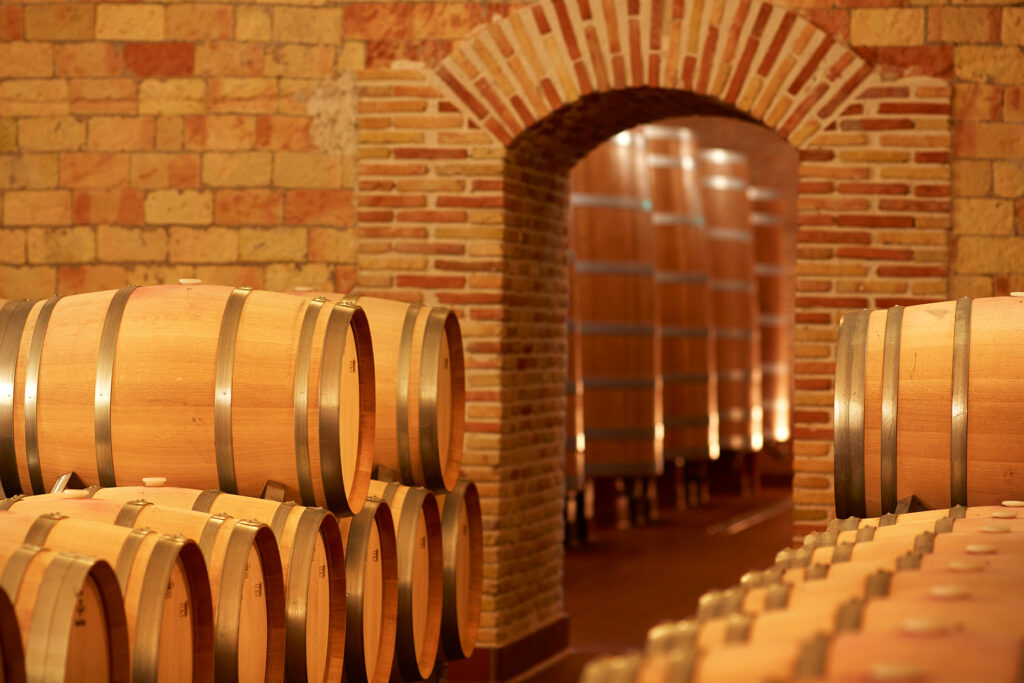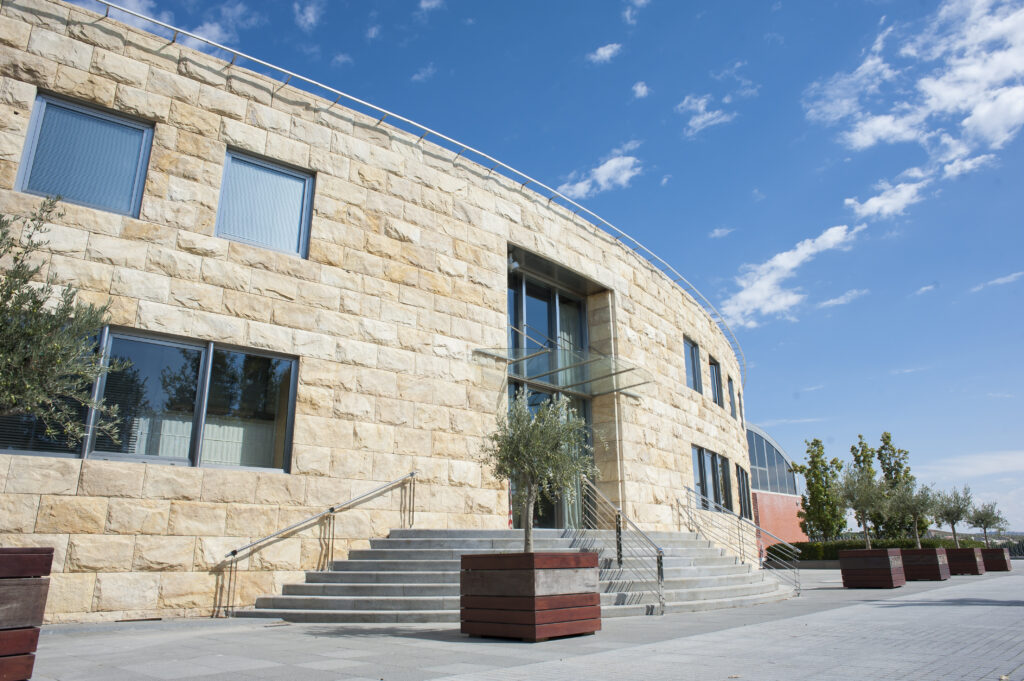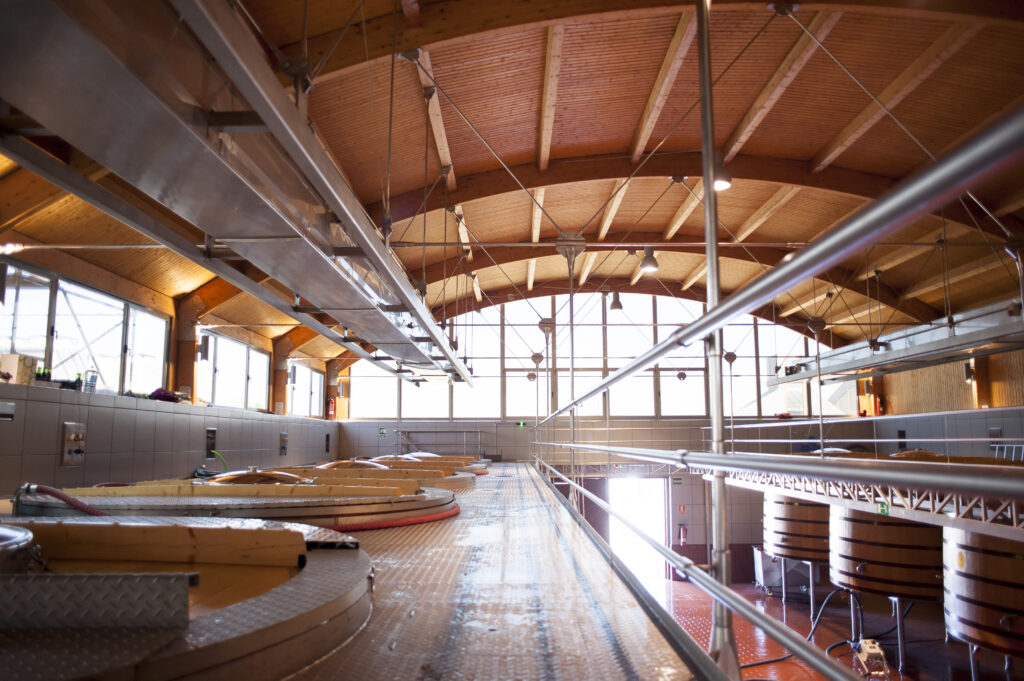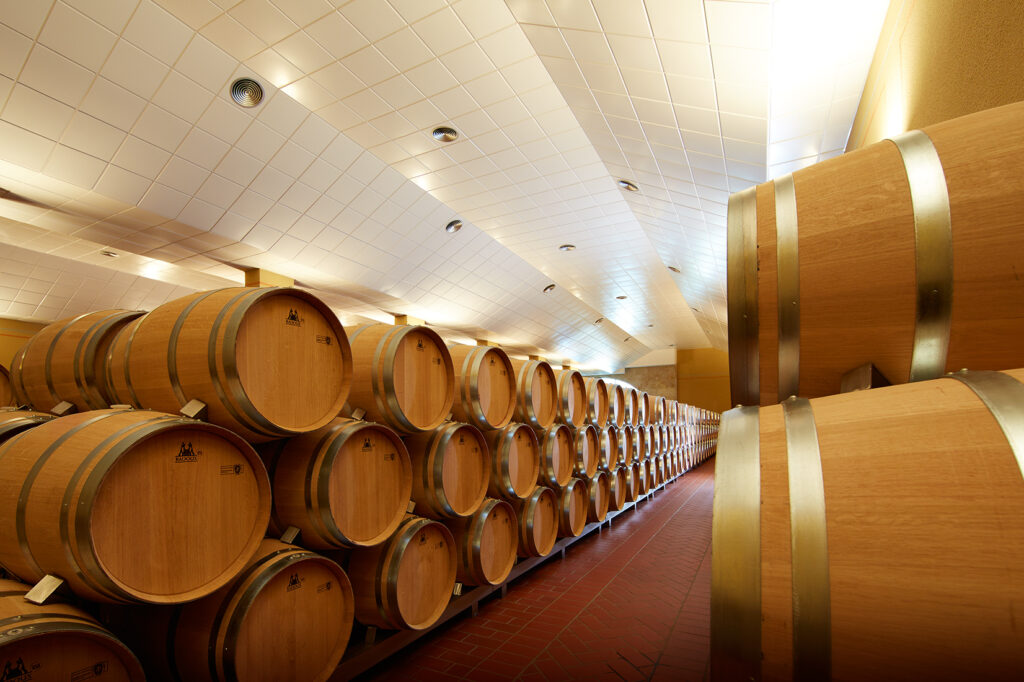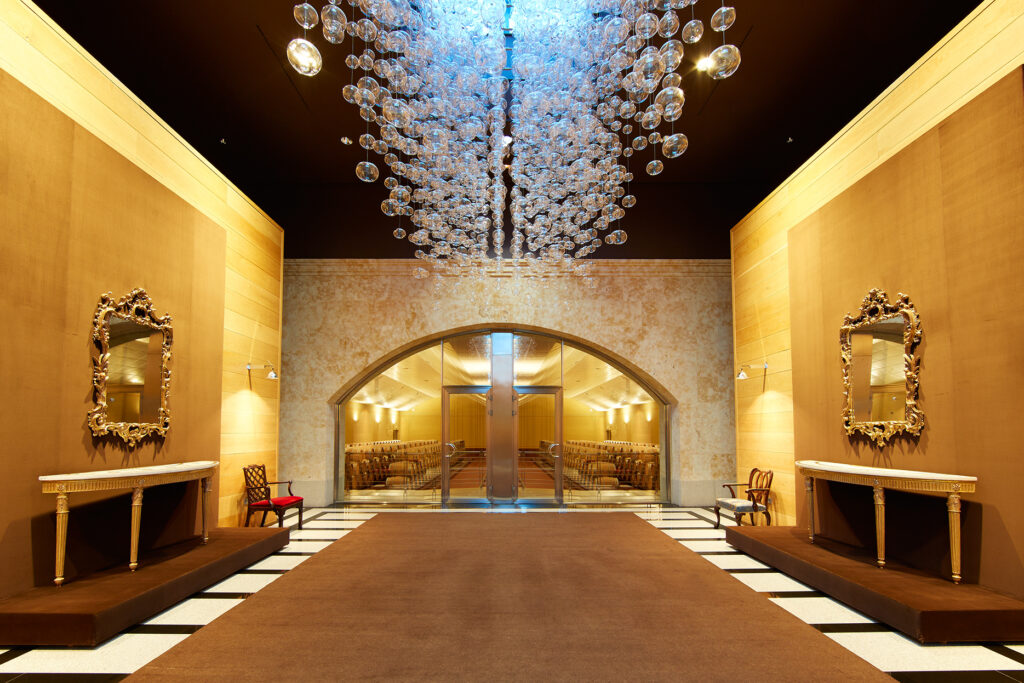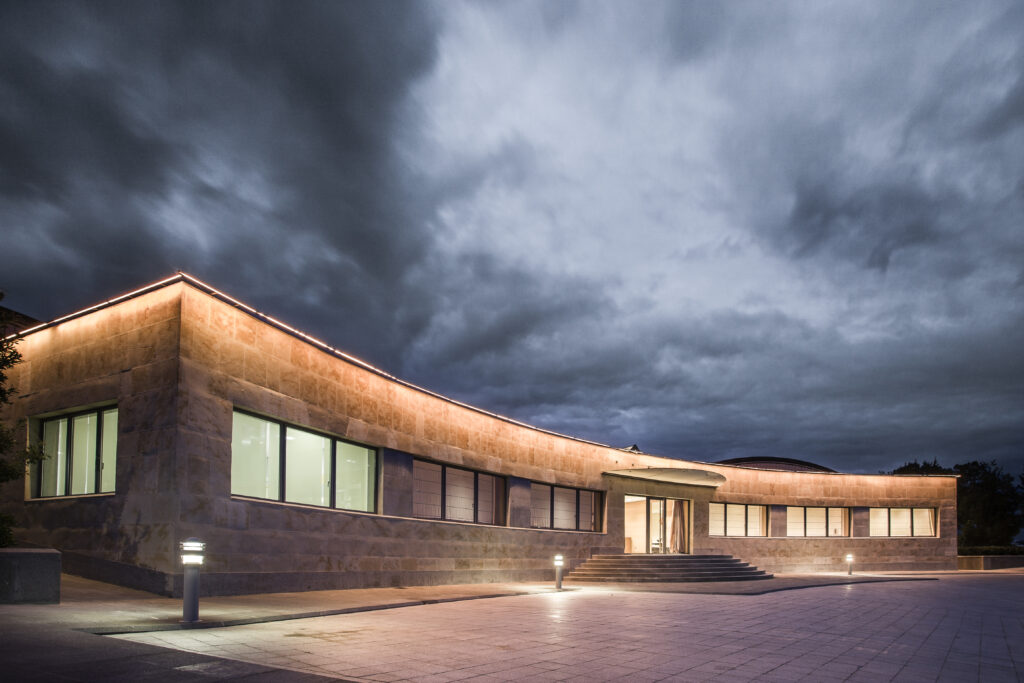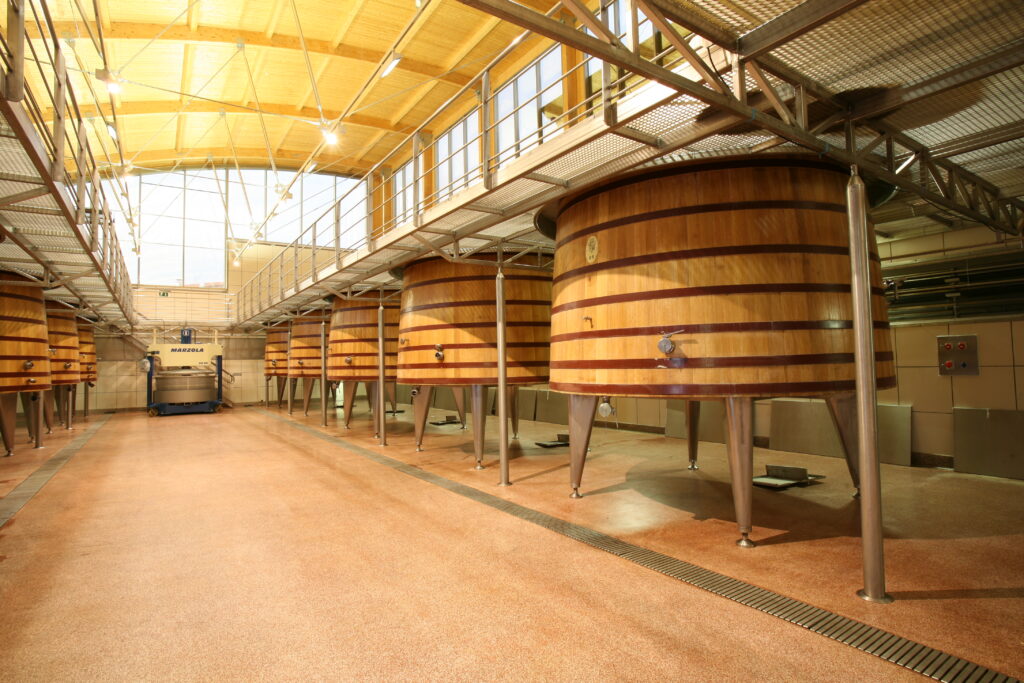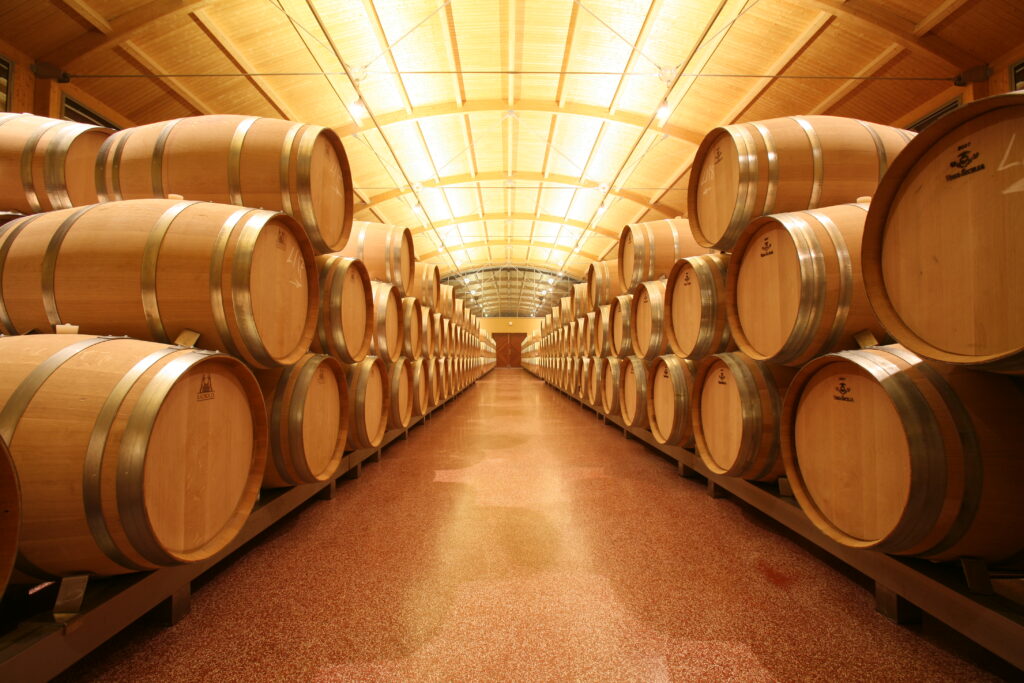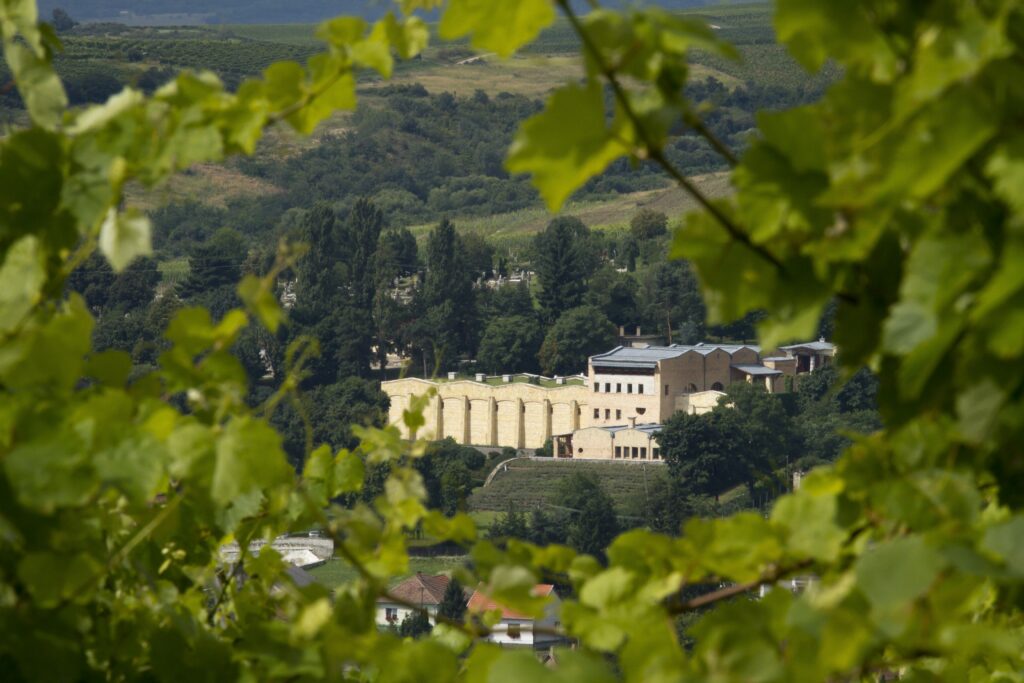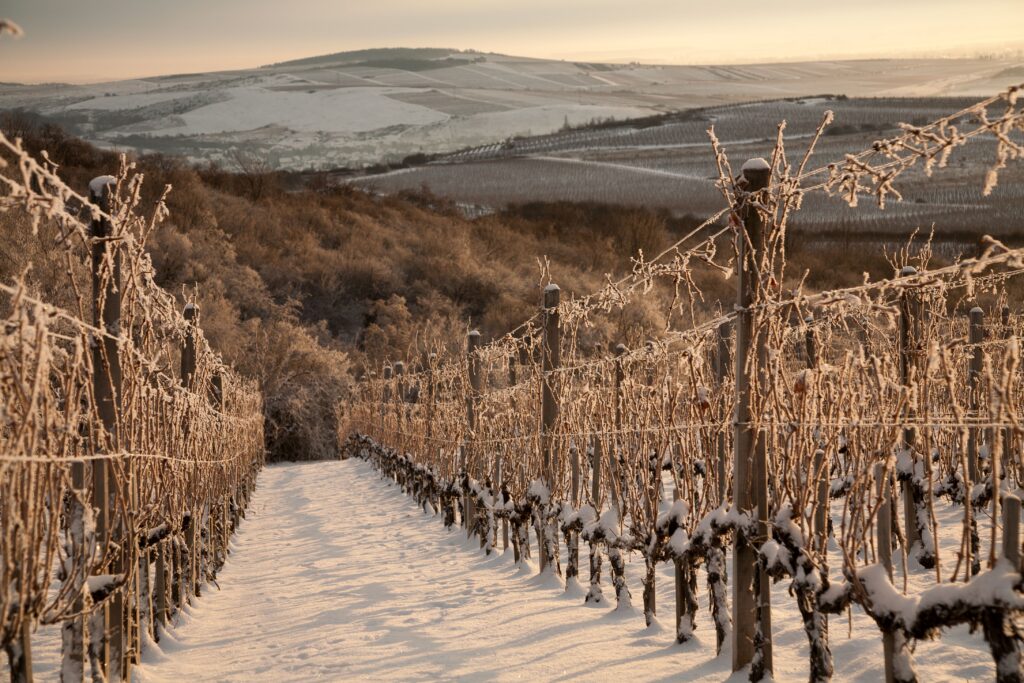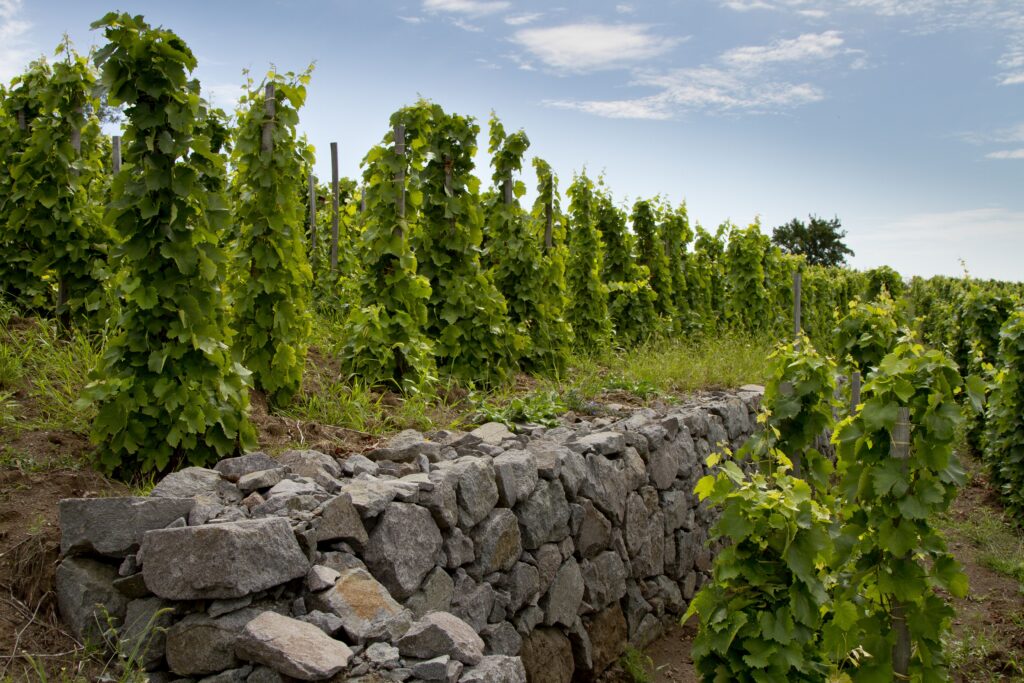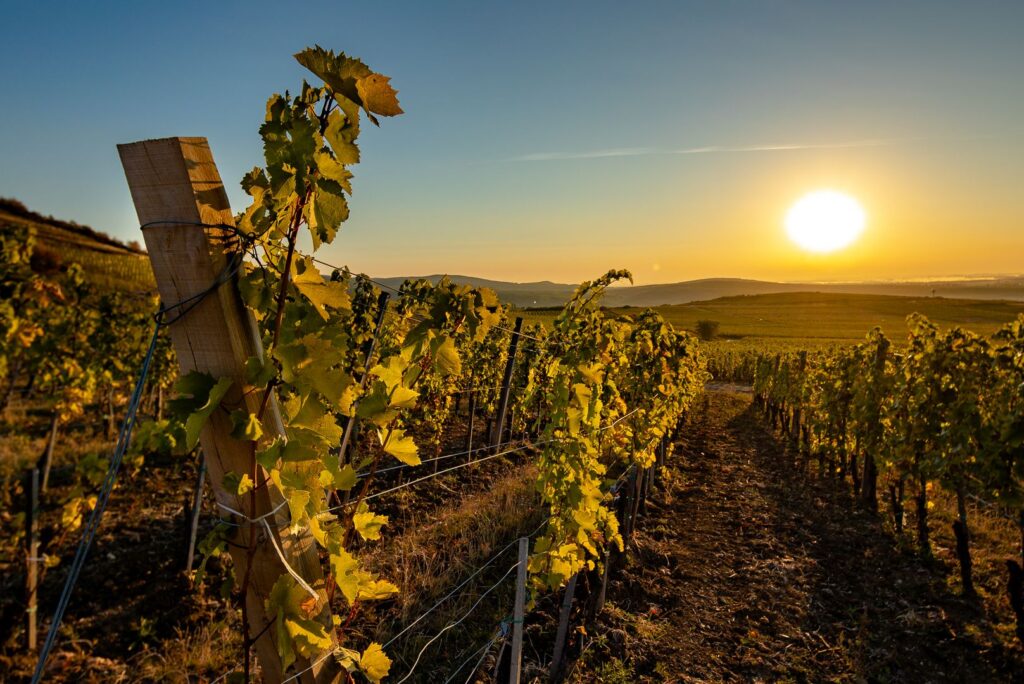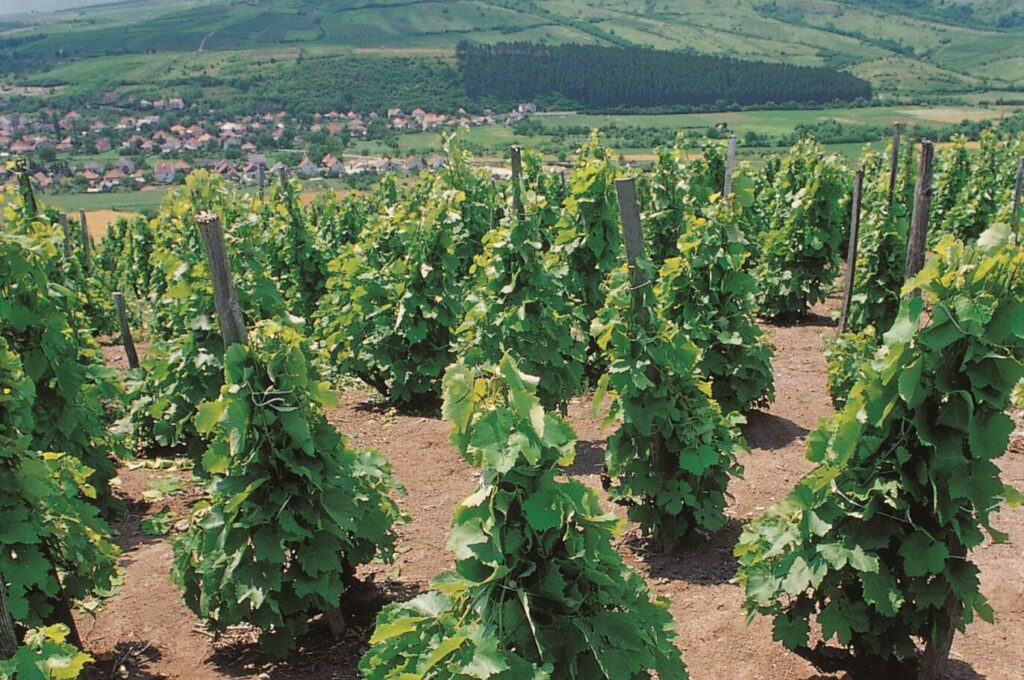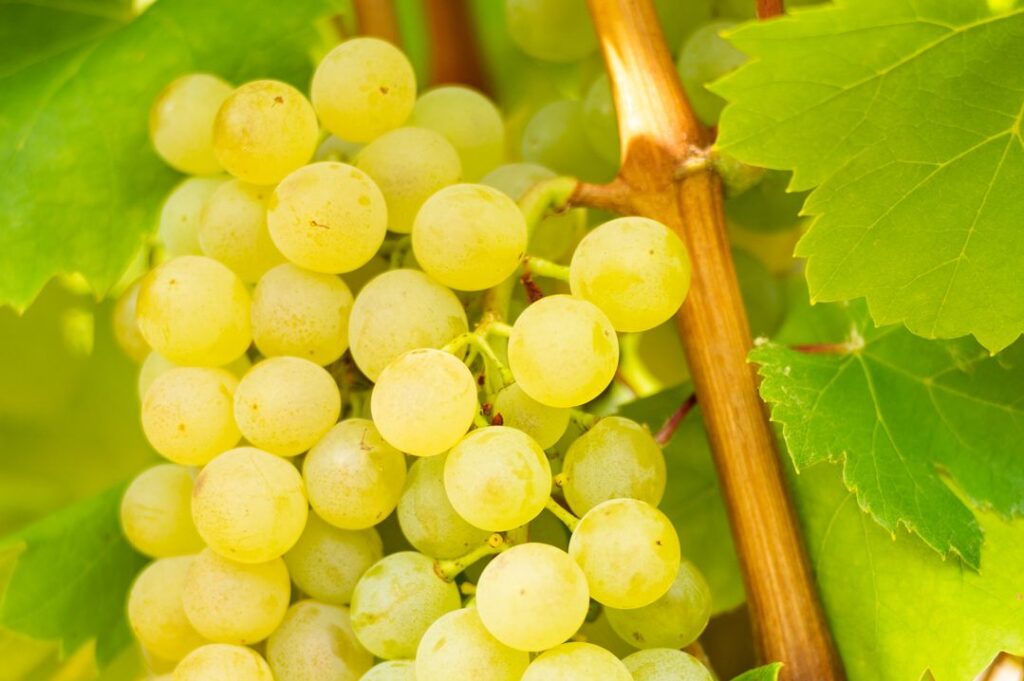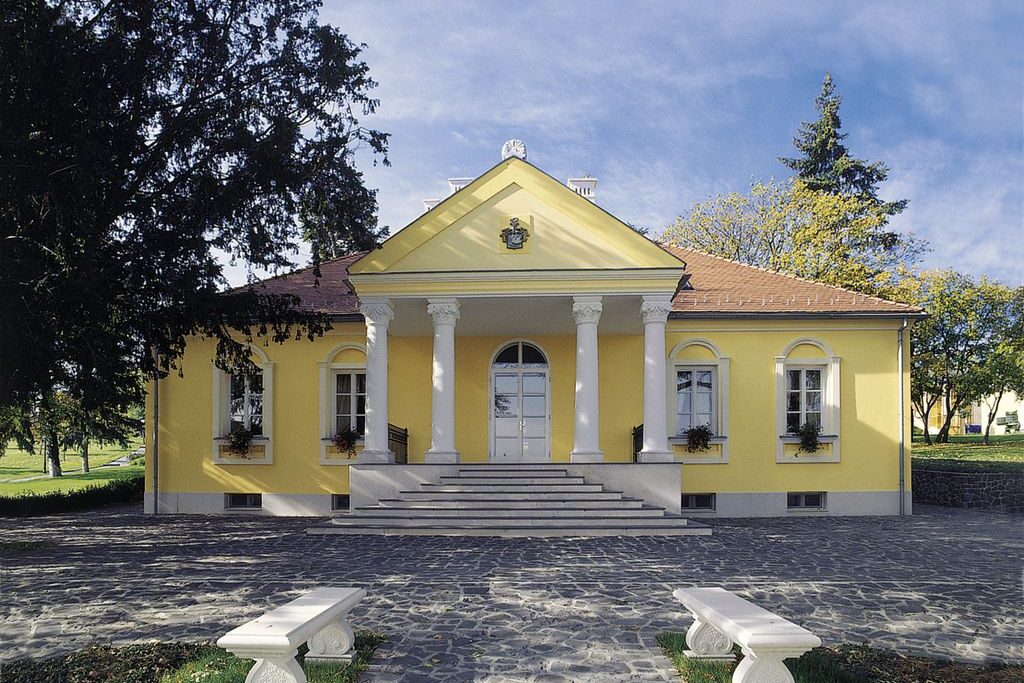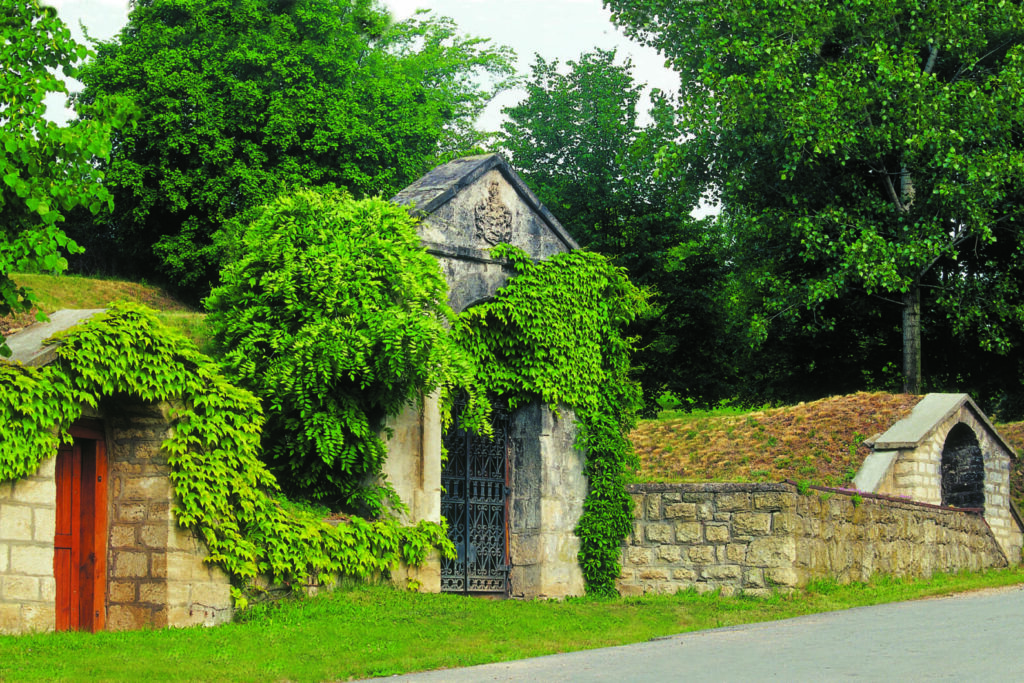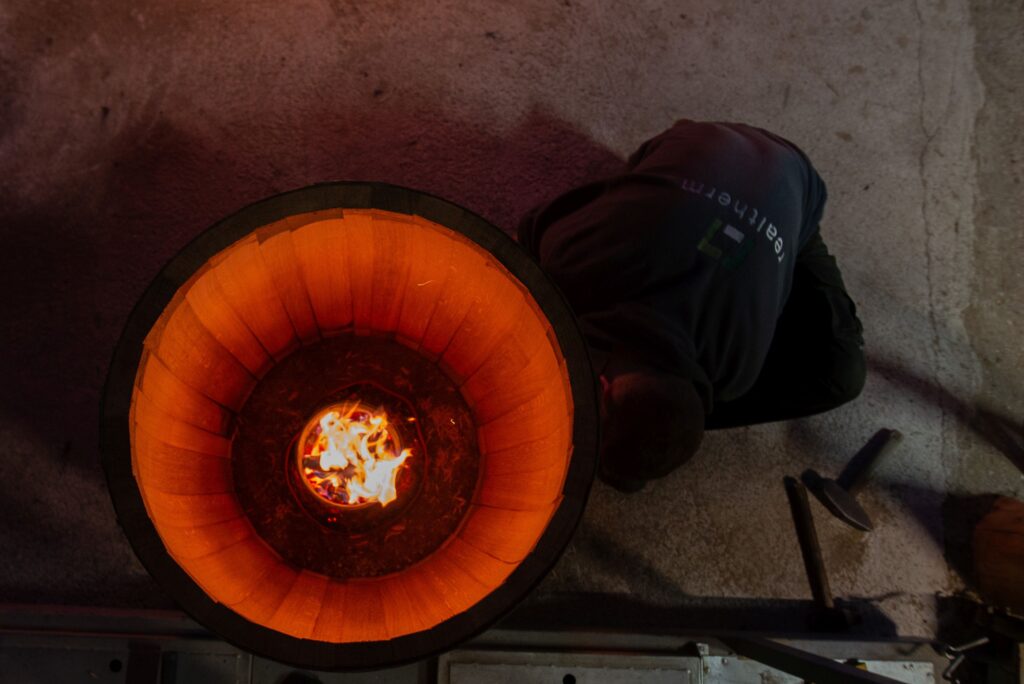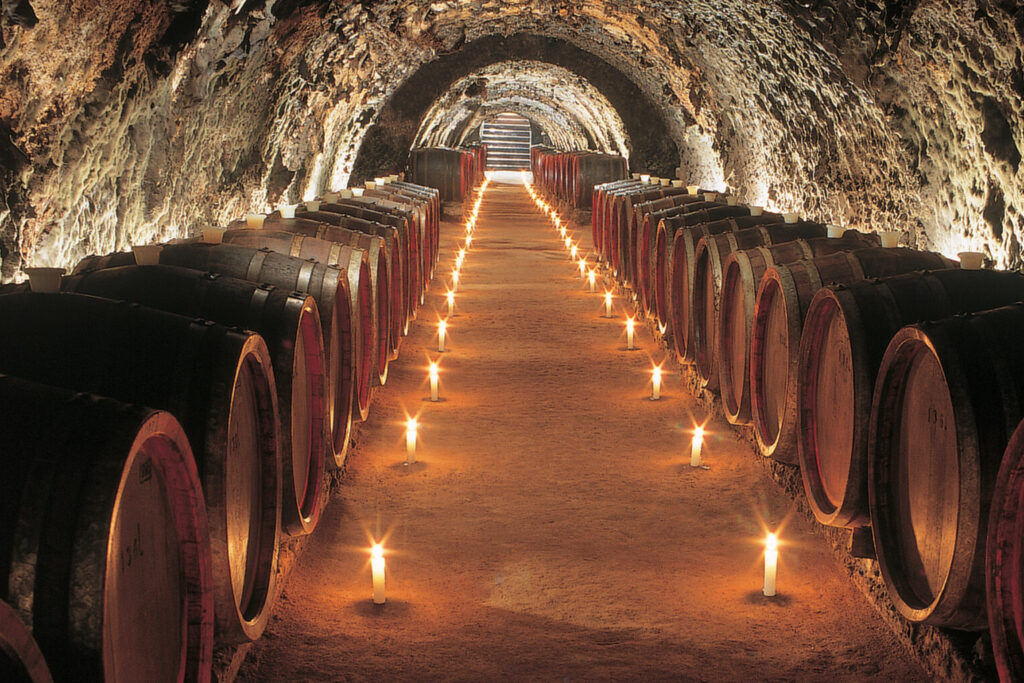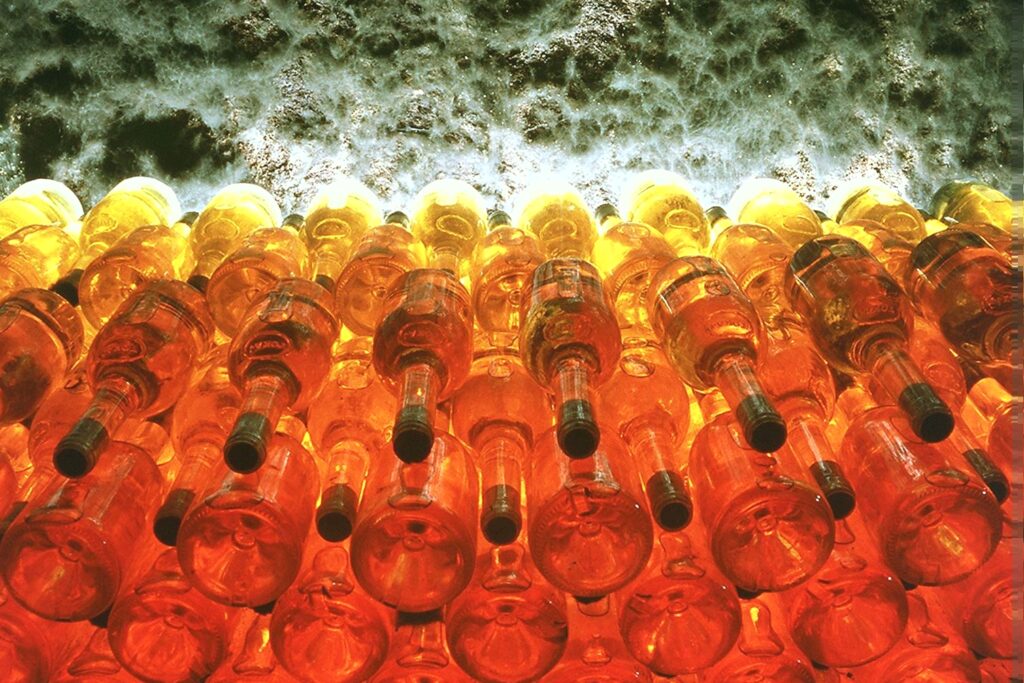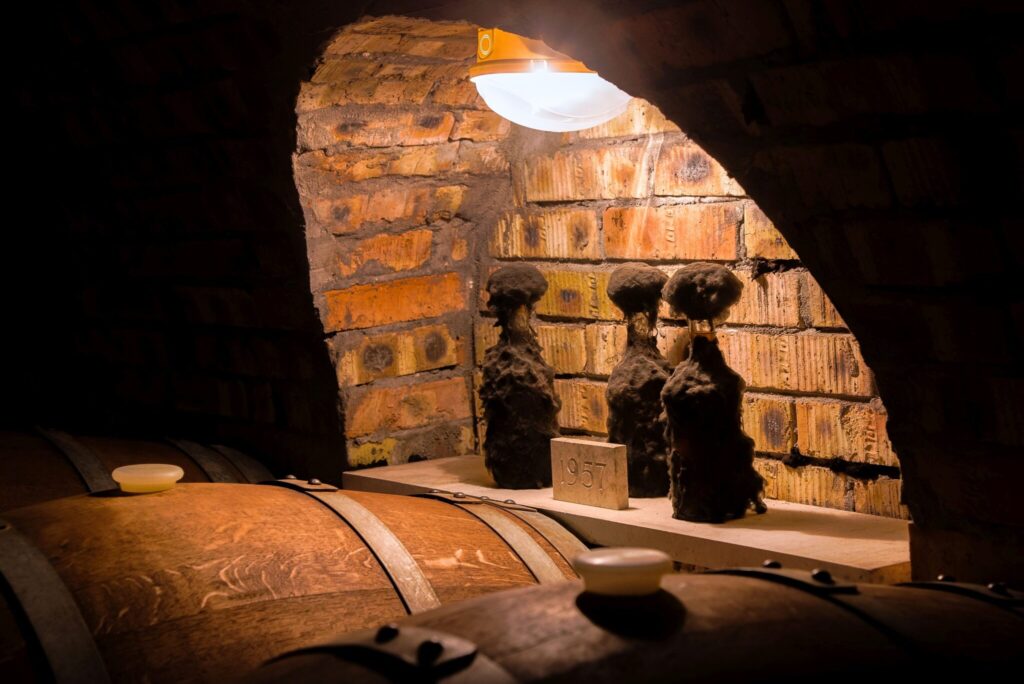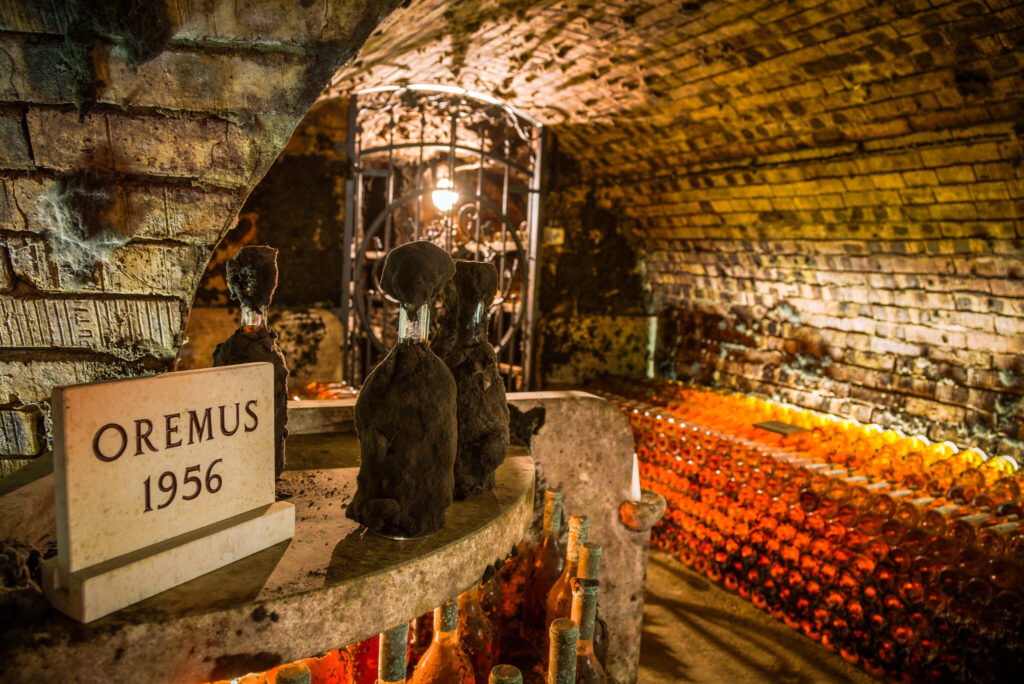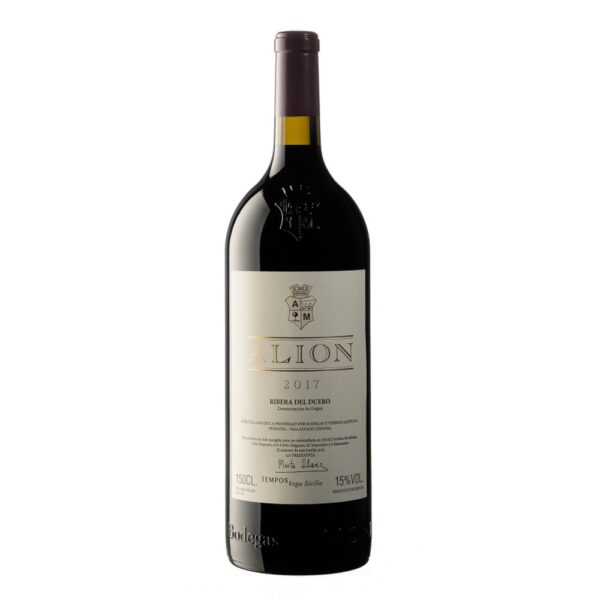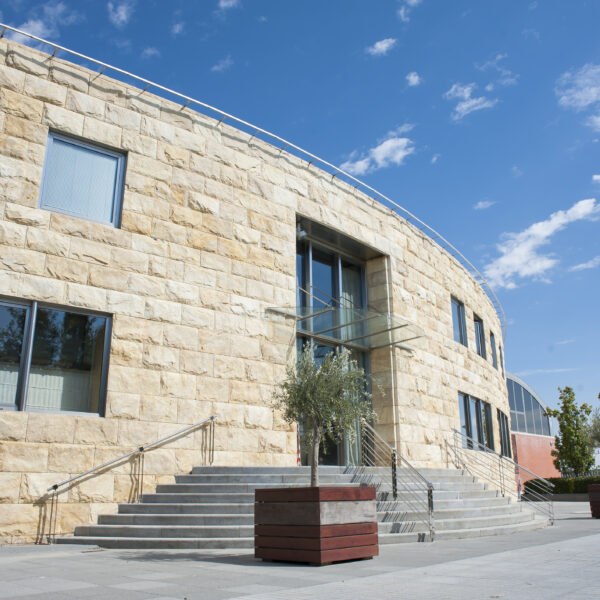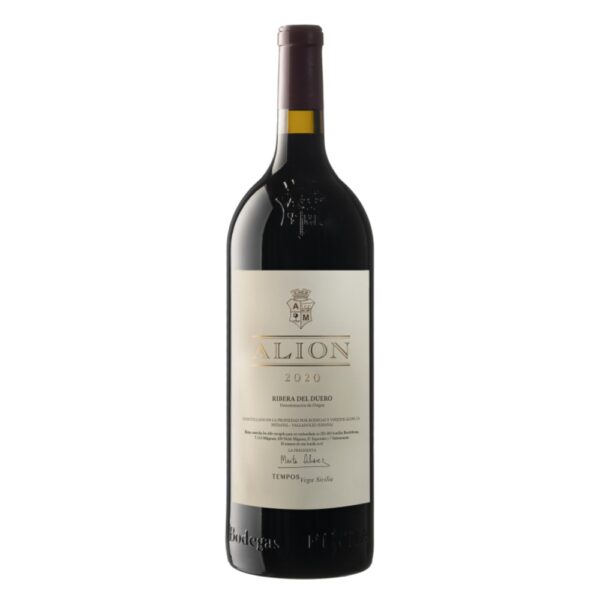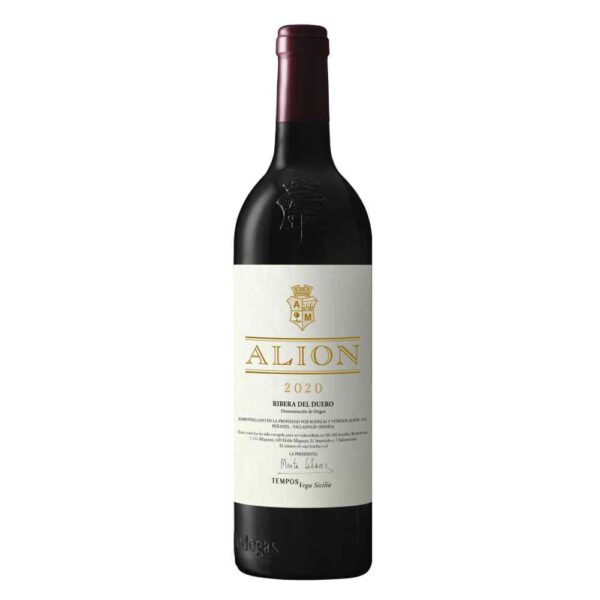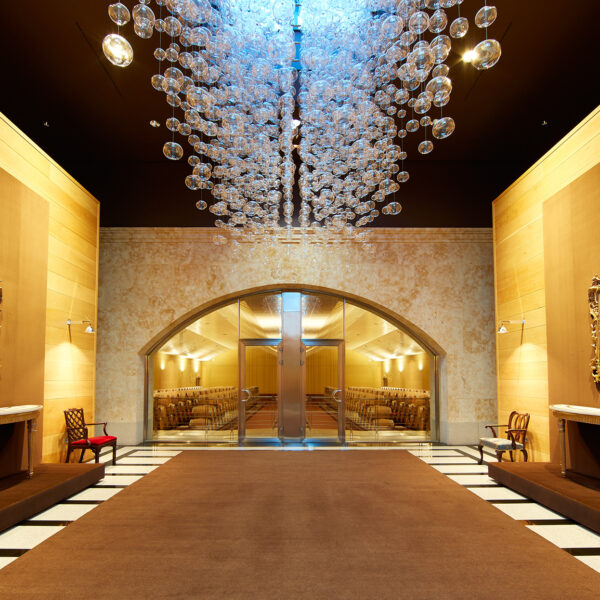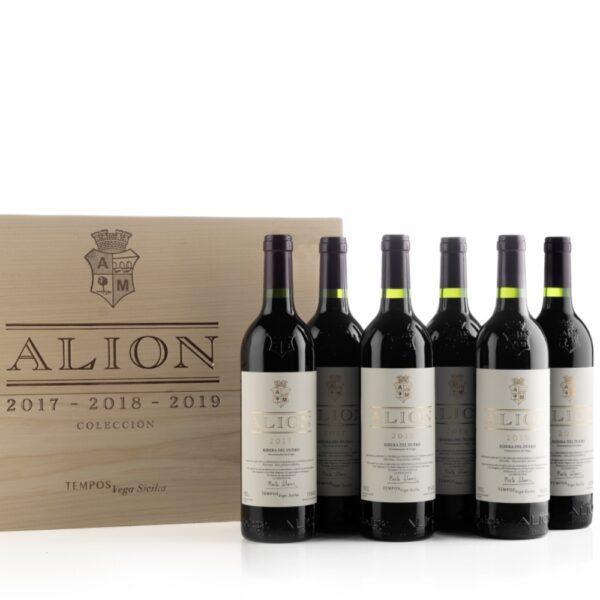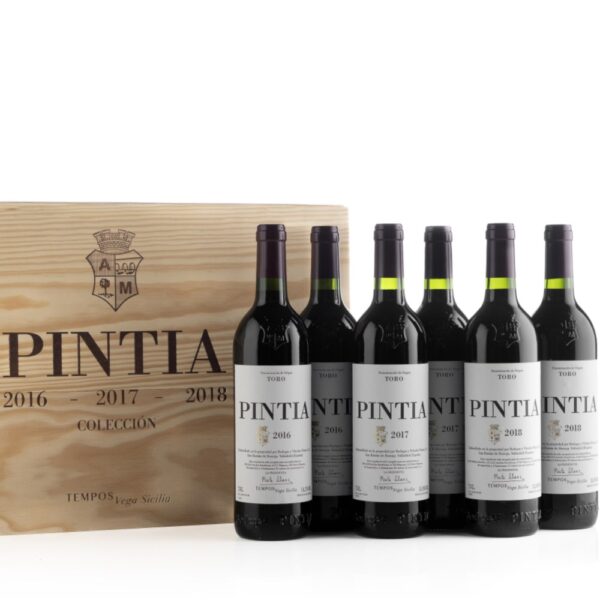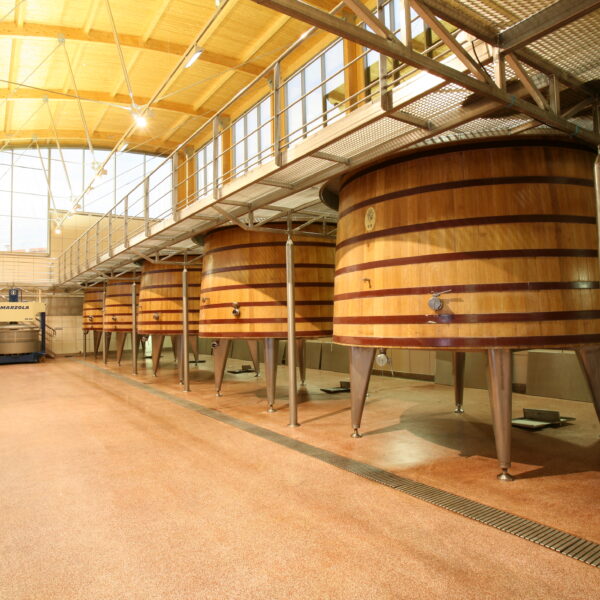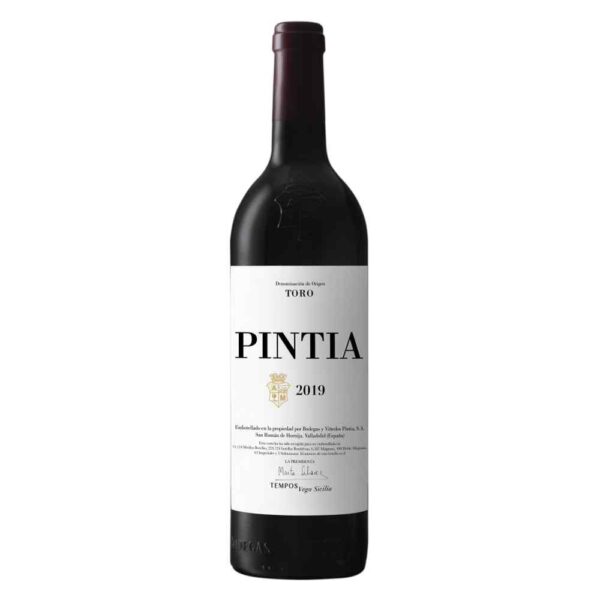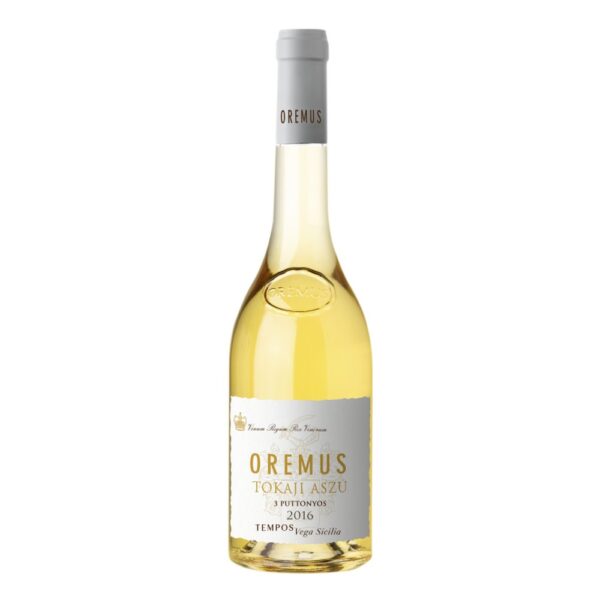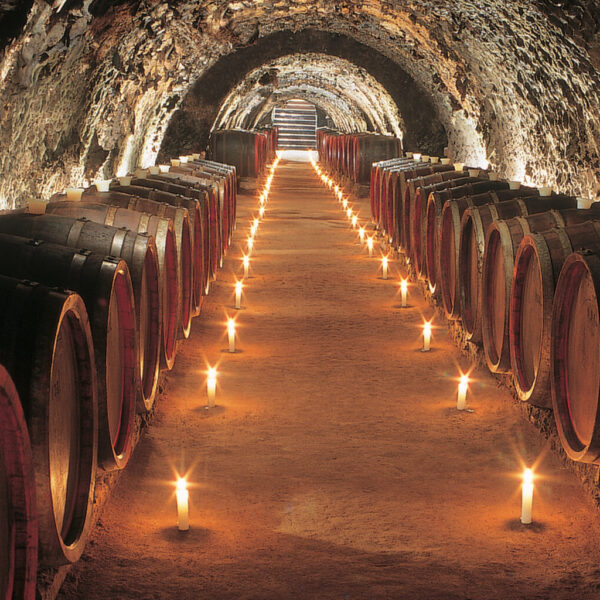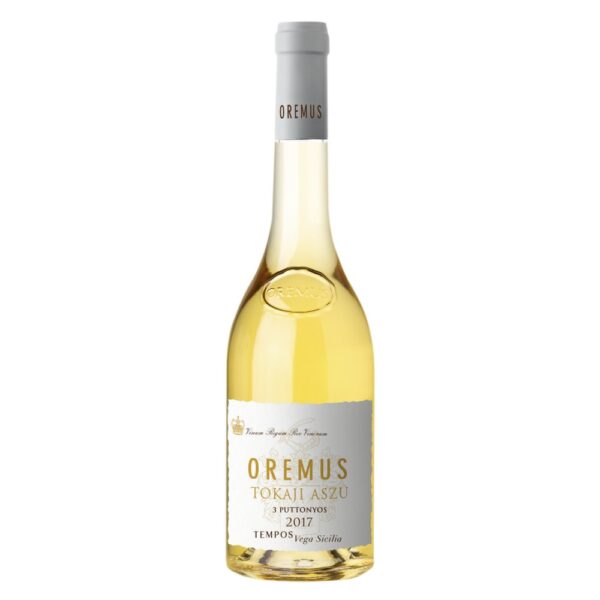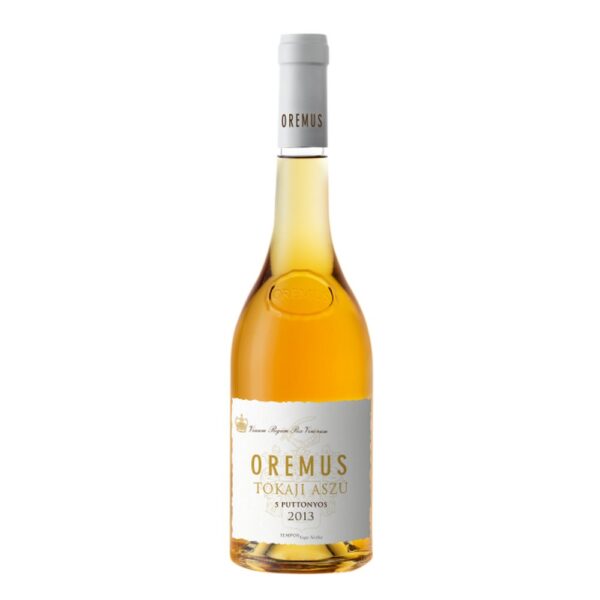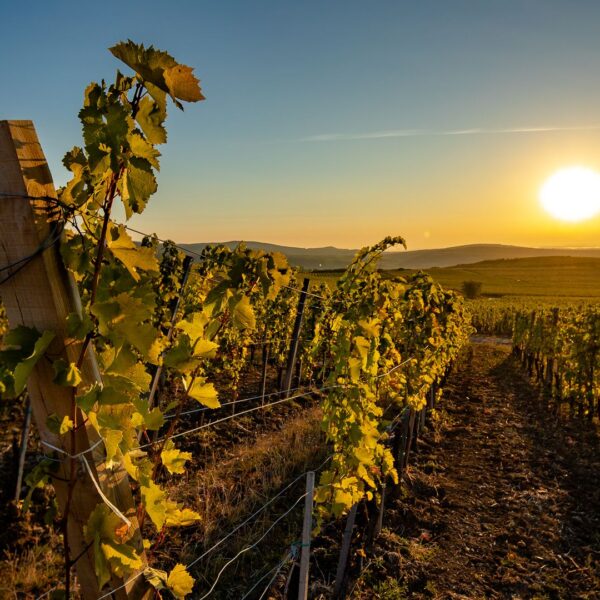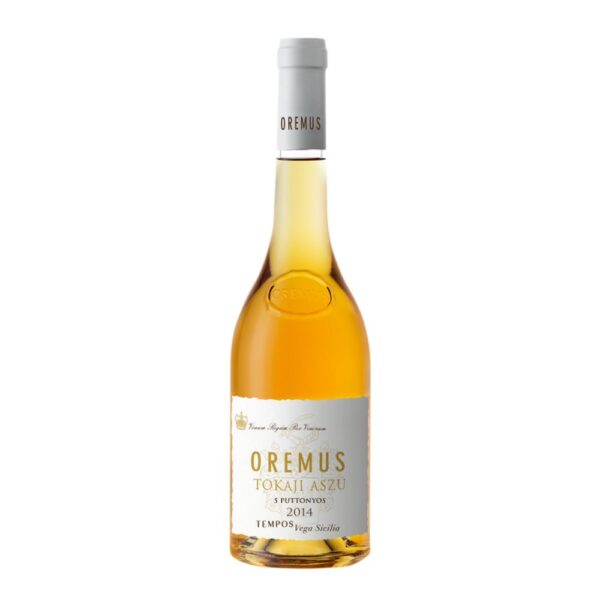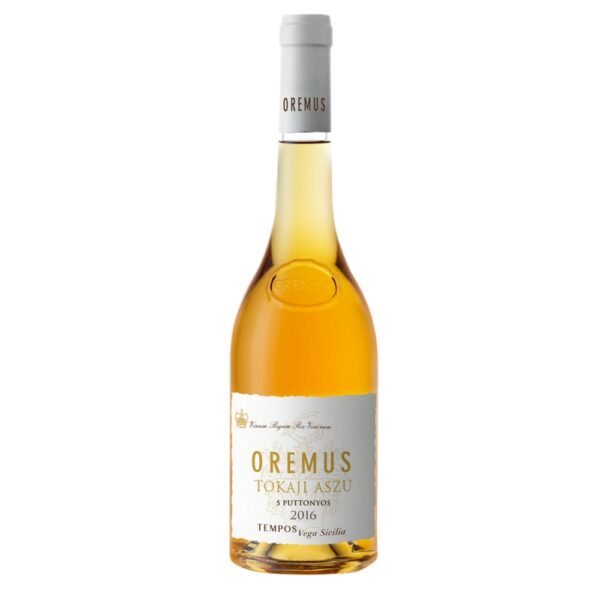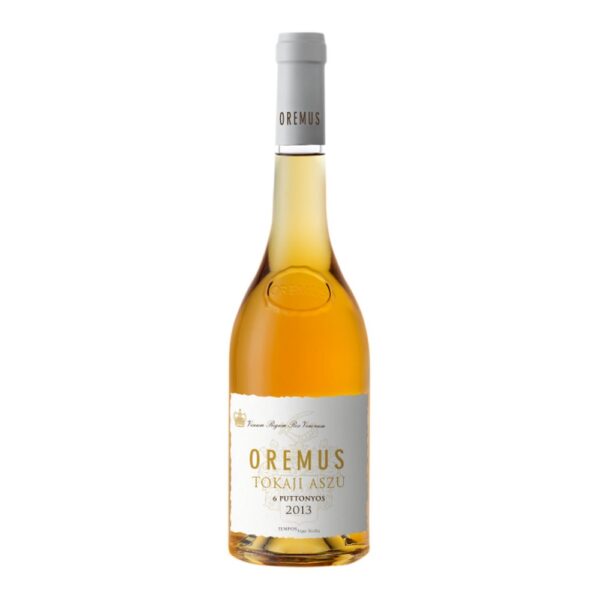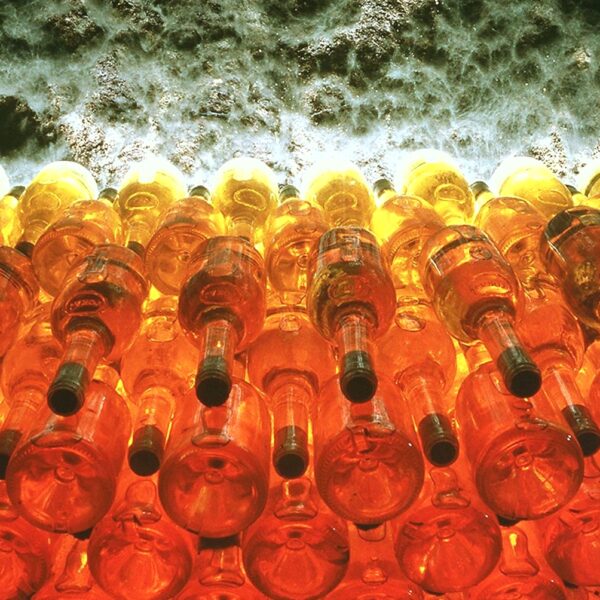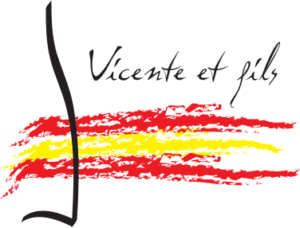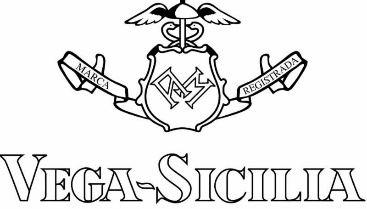
Our Company Times Vega Sicily was founded in 1982 with the purchase by the Álvarez family of the legendary winery - founded in 1864 by Eloy Lecanda - to its former owners, the Newman Svaton family of Venezuela. Curiously, the acquisition by the Álvarez family, which succeeded in making Vega Sicilia one of the most prestigious international wineries, did not take place. Indeed, the Newman Svaton family had initially contacted David Álvarez to act as an intermediary in its sale. However, after a few months of conversations with several interested parties, the businessman from León decided to buy it himself appreciating the value and tradition of Vega Sicilia.
The Vega Sicilia estate, a real jewel in the group's crown, is located on the plateau of southern Spain on the banks of the Duero River, considered the oldest and most complex geological formation on the Iberian Peninsula. Its apparently poor and stony soil is made up of a mixture of clay, lime, slate, sand and gravel and is subjected to an extremely harsh climate, characterized by the scarcity of water.. Temperatures can drop as much as 10 degrees below zero in winter and go up to 39 degrees in summer. Frost and hail are not uncommon in May and June. sometimes even endangering the harvest.
What is it that makes this estate produce such exceptional wines? The mystery that is Vega Sicilia has never been discovered. Jesús Anadón, a true institution in Vega Sicilia and responsible for operations for 31 years (from 1954 to 1985), was the first to give his opinion for posterity: “There is something about this that makes his wine different. We don't know what it is. We do not know if it is the soil, the climate, the grapes or the breeding. But we know our wine is different ”. This mystery is undoubtedly part of the legend of Vega Sicilia.
Its delicate and complex wines, endowed with such a great personality, have an astonishing aging capacity that is matched only by that of certain great French wines. These are the so-called “aging” wines or wines for the long term.
In the early 1980 years, Vega Sicilia wines were already famous in Spain but practically unknown abroad. In fact, they were only exported to three countries.
They were sold according to a allocation system, a traditional method of ordering and purchasing wines from wineries, prior to customer acceptance. A system that is still in use today, with undeniable success!
The Family Alvarez showed an astonishing entrepreneurial instinct by acquiring Vega Sicilia. Another wise decision was to entrust the management of the winery to Pablo Álvarez. Pablo Álvarez, who was not a wine expert in 1982, began to study, travel and become interested in this exciting world to the point of becoming a wine expert and an international benchmark who managed to convert a traditional winery into a family of unique wines that have acquired worldwide prestige. Today, the winery exports to more than 160 countries around the world.
Since taking over the reins of the winery, Pablo Álvarez has significantly improved the quality of all his wines, renovated the facilities of all the wineries, restored all the vineyards and successfully created four new wineries. - Alión (Ribera del Duero-1992), Oremus (Tojak, Hungary 1993), Pintia (Toro-1997) and Macán (Rioja-2009), the latter in collaboration with the Rothschild family.
Álvarez says the key to the success of Tempos Vega Sicilia, the company and trademark that unites all wineries under one roof, is that it is a registered trademark. The company is none other than “the commitment of the whole Álvarez family” to the essence and the philosophy with which Eloy Lecanda created the winery in 1864, which consists of respect for nature. and earth; a culture of dedication, patience and effort; an honest and rigorous spirit, respect for the value of time and a passion for a job well done; a commitment to authenticity and excellence and improving harvests every year ”.
The CEO of Tempos Vega Sicilia, Pablo Álvarez, a perfectionist who always assumes “that the best remains to be done”, decided to start a complete renewal of the technical team in 2015 “to give the necessary impetus to the development of all vineyards and updating the business line in light of the company's ongoing international expansion ”.
The CEO explains that “the main objectives pursued by the renewal of the company are to continue to improve the quality of our wines, to strengthen our international development and to expand the group of cellars. In addition, we will continue our work on white wine in order to obtain the product we are looking for: a white wine worthy of the standards of Vega Sicilia. Such a heavy responsibility obliges us to work with the best professionals while thinking of the future ”.
The agronomist and winegrower Gonzalo Iturriaga, new technical director, must continue to follow the roadmap drawn by the company, namely “the commitment to quality that has always characterized the wineries that we have created”. which has always characterized the cellars that make up the group ”. Mr. Iturriaga affirms that, ”in such a global world where more and more wines are produced, Tempos Vega Sicilia must be constantly evolving, closely following everything that is happening, the novelties of the market and participating to all relevant forums to make this knowledge available to our wineries and customers. ".
Our General Manager of Sales and Marketing, Antonio Menéndez, explains that “Tempos Vega Sicilia has experienced exponential growth, both in terms of the number of countries where it is present and in terms of its distributors. Indeed, our objective is to be present wherever there may be a consumer for our wines.
Historical:
1982 Vega Sicilia
The Ribera del Duero wine region stretches across the northern plateau and the Duero river flowing through it. Even though the first wines were produced here during the Roman period in Roman Hispania, it wasn't until the XNUMXth century that vineyards really established themselves in the area.
The wine tradition, with its good and bad times, has survived to the present day and has left its mark on the landscape, culture and personality of its inhabitants. The area obtained the status of denomination of wine origin in 1982. Until then, clarets were produced and drunk each year, and the denomination of origin was established through the efforts of a small group of determined wineries. to get it right.
The first grapes from Vega Sicilia, in Valbuena de Duero, already announced a great wine. Since then, the cellar has always lived up to these first steps.
Day-to-day operations are taken care of down to the smallest detail. The winemaking installation, with its stainless steel vats, the laboratory and the control room, the semi-circular pediment with the oak vats, the cooperage or the barrel room are essential elements of the wine making process. best wines. The whole is surrounded by a brick facade, with a chapel as a bonus, which stands in front of a splendid Japanese garden. in front of a splendid Japanese garden.
Elaborated wines: Vega Sicilia Unico - Vega Sicilia Reserva Especial - Valbuena
1993 Alión
In Padilla de Duero, near Vega-Sicilia, there is Alión, a winery that has demonstrated an independence worthy of great wines. Modern and elegant, its spectacular lobby houses a Murano chandelier with 2 crystals that allows you, through a glass panel, to see the barrel room. The first wine was made from the 688 harvest. Since then, the cellar has continued to grow in size and prestige.
Elaborated wine: Alión
1993 Tokaj Oremus (Hungary)
The town of Tokaj, the main town in the region that produces the wines of the same name, sits on the banks of the Bodrog River at the foot of the last spur of the Zemplén Mountains in northeastern Hungary. The region, also called Tokaj, has a total area of 7 hectares, in which there are 000 villages. Triangular in shape, it is protected to the west by Abaújszántó, Tokaj to the south and Satoraljaújheley to the east. Tokaj - Hegyalja (Tokaj Golden Mountain Range) was declared World Heritage by UNESCO in 27.
In 1993, the Álvarez family founded this solemn wine estate in Tolcsva (Hungary), with its underground labyrinths dating from the 1999th century to produce a “free range wine”. In 1772 a more modern looking part was built for the winemaking process inspired by the tradition and pride of the group's most historic winery. In XNUMX, during the first classification of wines from wines, this wine was already recognized as a "primae classis".
The production of Aszú wine (wine of tears) is a meticulous process, which requires a lot of patience and great skill. It is only possible in good vintages, when nature brings rain at the end of summer and sun and wind at the beginning of autumn, which are the essential conditions for the transformation process of noble berries. .
The berries swollen with moisture divide and the "Botrytis cinerea" settles in its skin and creates noble rot. The formulas used for making wines are the same as those used for hundreds of years. To the must in a Gönc barrel, that is to say 136 liters, one adds 3, 4, 5 or 6 bags of 25 kg (“puttony” in Hungarian) of noble berries of Aszú. We macerate the noble berries of Aszú with the must, then we wait a day or two for the berries to swell before pressing them. The fermentation of Aszú's must is a slow process that can sometimes take up to two months.
It is then put into wooden barrels and left in a protected press, while waiting for the fermentation to stop by itself. Then, drop by drop, we add a little Eszencia, which we collected from the berries of Aszú. We thus symbolically give him back his soul, which is embodied in Eszencia.
Aszú wines are aged in small 136-liter (called “Gönc”) and 220-liter (“Szerednye”) barrels made from oak from the mountains that border the wine region.
The aging of Aszú takes place in underground caves dug in the volcanic soil. The wine ages there for 2 to 3 years, at a constant temperature and humidity. After bottling, Oremus Aszú continues to age in the bottle for a year, the opportunity for it to begin a development process that can even last for several decades.
Elaborated wines: Late Harvest - Tokaj 3 Puttonyos - Tokaj 5 Puttonyos - Tokaj 6 Puttonyos - Escenzia - Dry Mandolás & Petracs
2001 Pintia
The wine-growing tradition of the Toro region dates back to pre-Roman times, as evidenced by the archaeological remains and remains found in the region. Its fame continued until medieval times, in the 1900th and XNUMXth centuries, when Toro wines enjoyed royal privileges. It is also claimed that these are the wines that crossed the Atlantic with Christopher Columbus during his voyage of discovery. The region also supplied wine to France when it fell victim to the phylloxera epidemic in the early XNUMXs.
With this strong character that she breathed into the DO Toro, Pintia is located on the borders of the province of Valladolid and Zamora, in San Román de Hornija, on the other side of the Duero river, where the pebbles have found their place. to write history. The cellar covers 30 m000, half of which corresponds to five buildings that blend into the landscape and house the facilities used to make this 2st century wine. It is the most rustic of all those who make up the Tempos group. group.
Elaborated wine: Pintia


